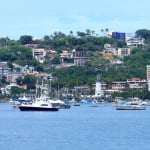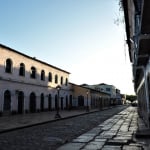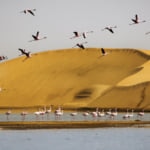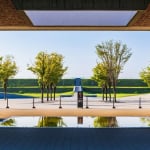Name: Koganeyama Shrine
Address: 5 Kinkasan, Ayukawa-hama, Ishinomaki City, Miyagi Prefecture
Official Website: http://kinkasan.jp/
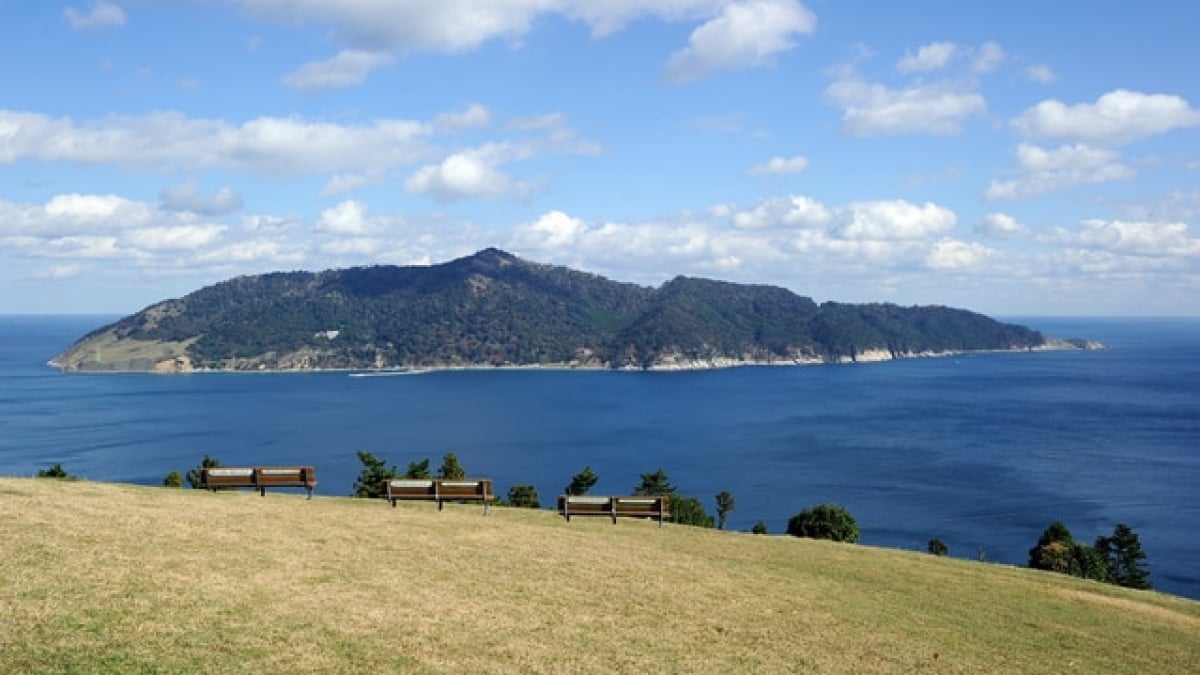
5 Recommended Tourist Attractions in Ishinomaki & Kinkasan, a Famous Power Spot in Miyagi
Kinkasan is a sacred remote island known as one of the Three Great Spiritual Sites of Tohoku, alongside Dewa Sanzan and Osorezan. It is located southeast of the Oshika Peninsula in Ishinomaki City, Miyagi Prefecture, floating in the Pacific Ocean. As one of the most renowned power spots in Tohoku, this island is considered sacred. With an elevation of 445 meters and a circumference of 26 kilometers, the entire island is regarded as the sacred domain of Koganeyama Shrine, making it a well-known tourist destination referred to as the "Island of the Gods."
On this sacred island, many visitors come to pray at Koganeyama Shrine, which is believed to bring financial prosperity. It is said that those who visit and worship there for three consecutive years will never face financial difficulties in their lifetime. This belief in the shrine's blessings for wealth and good fortune has been passed down since ancient times.
This time, we will introduce the tourist attractions of Kinkasan.
table of contents
[x] close
5 Recommended Tourist Attractions in Ishinomaki & Kinkasan, a Famous Power Spot in Miyagi
1. Koganeyama Shrine on Kinkasan
The first must-visit attraction on Kinkasan is Koganeyama Shrine.
Interestingly, the entire island of Kinkasan, including the grounds of Koganeyama Shrine, has been designated as a national park, forming part of the Minami Sanriku Kinkasan Quasi-National Park. Furthermore, in 2015, Kinkasan was incorporated into the Sanriku Reconstruction National Park and officially recognized as a national park.
The origins of Koganeyama Shrine date back to the year 749 (the 21st year of the Tenpyō era), when Kudara no Konikishi Kyōfuku, the governor of Mutsu Province, presented gold mined from Kinkasan to the imperial court.
Every year on September 25, the shrine holds its Reitaisai, a grand festival dedicated to the enshrined deities Kanayamahiko-no-Kami and Kanayamahime-no-Kami, who are worshipped as the protectors of gold and treasures. The festival attracts numerous visitors from all over Japan, not just from Miyagi Prefecture.
Here, we will introduce more details about Koganeyama Shrine, the most famous attraction on Kinkasan.
2. Hatsumi Taisai Festival
At Koganeyama Shrine, several festivals take place throughout the year, drawing large numbers of visitors.
One of the most notable is the Hatsumi Taisai. This grand festival on Kinkasan is based on the belief that Benzaiten, the deity of wealth and fortune, is associated with snakes (Mi in Japanese). In 2016, the festival took place from May 11 to May 17.
On the Sunday of the festival period, the Mikoshi Togyo (Sacred Procession of the Portable Shrine) is held. This is officially known as Shinkosai, a ritual in which a divine spirit is ceremonially paraded through the shrine grounds. One of the most powerful scenes of this event is the Shiogori, a purification ritual performed in seawater. It is so spectacular that it is frequently covered by national news outlets, and many visitors share it on social media, making it a trending topic.
During the Mikoshi Togyo, sacred water is drawn from the sea for purification rites, and the mikoshi (portable shrine) is carried down to the coastline in a grand procession featuring the Seven Lucky Gods. Additionally, those who pray at the shrine during this period are granted special permission to enter the main hall of worship.
Another unique experience is the opportunity to stay overnight (Okimori) at Koganeyama Shrine, a highly sought-after experience for those wanting to immerse themselves in a true power spot. There is also an exclusive pre-festival event for overnight guests, making it a once-in-a-lifetime experience.
If you are planning a visit to Kinkasan, be sure to check the festival calendar at Koganeyama Shrine.
(Information as of November 10, 2016)
Name: Hatsumi Taisai, Koganeyama Shrine
Address: 5 Kinkasan, Ayukawa-hama, Ishinomaki City, Miyagi Prefecture
Official Website: http://kinkasan.jp/
3. Shika Antler-Cutting Festival
One of the unique aspects of Kinkasan is its large population of wild deer.
These deer are considered sacred messengers of the gods and are protected on the island. The Shika Antler-Cutting Festival is a traditional and spectacular event where shrine staff, dressed in formal attire with Hanten coats featuring the shrine’s emblem, traditional Japanese work boots (Jikatabi), and headbands, capture male deer using a special cross-shaped lasso. The shrine priests then carefully trim their antlers in a symbolic ritual. This event is free for visitors to observe.
This festival is extremely rare, taking place only in Kinkasan and Nara, making it a must-see attraction. Currently, the island is home to around 500–600 deer and 250 monkeys. About 120 of these deer roam freely within the shrine grounds as sacred animals. The festival is held on the first and second Sundays of October, during the deer mating season.
The antlers of male deer are trimmed to prevent injuries to visitors on the island. The process of capturing and trimming the antlers is so intense that it is often featured in news reports and draws large crowds of spectators.
Before the antlers are cut, a ritual is performed where sacred sake is offered to the deer in appreciation. Afterward, the priests carefully remove the antlers, followed by a health check and weight measurement of the deer.
Additionally, through a special lottery, one lucky visitor is chosen to receive a Sacred Deer Antler, which is also available for purchase as a souvenir. If you're planning to visit Kinkasan, checking the festival schedule is highly recommended.
Name: Shika Antler-Cutting Festival, Koganeyama Shrine
Address: 5 Kinkasan, Ayukawa-hama, Ishinomaki City, Miyagi Prefecture
Official Website: http://kinkasan.jp/
4. Horyuden & Sanro Shrine Lodging
Since before the Edo period, Kinkasan has been a major pilgrimage destination, with many visitors staying overnight at Koganeyama Shrine.
The Horyuden (Hall of the Phoenix Dragon), part of Koganeyama Shrine, was built in 1972 and features a traditional Gassho-style structure. It includes a dining hall, a large 120-tatami gathering hall with a stage, a smaller 33-tatami room, an administrative office, a lobby, and 24 guest rooms (each 15 tatami mats in size).
A separate bathhouse called Kessai-jo offers male and female bathing areas with views of deer and monkeys roaming nearby. Visitors can also enjoy breathtaking sunset views over the Oshika Peninsula while soaking in the bath.
Guests staying overnight at Koganeyama Shrine also have the privilege of participating in the early morning Daigoma Kito (Grand Goma Fire Ritual). This includes chanting purification prayers (Oharai-no-Kotoba) alongside the priests and burning Goma sticks in a sacred fire for blessings. Staying overnight at the shrine is a highly recommended experience for visitors to Kinkasan.
Name: Sanro Shrine Lodging, Koganeyama Shrine
Address: 5 Kinkasan, Ayukawa-hama, Ishinomaki City, Miyagi Prefecture
Official Website: http://kinkasan.jp/
5. Kinkasan Lighthouse
While Kinkasan Lighthouse is a notable sightseeing spot, it has also served as an important navigational aid for sailors. This year marks the 140th anniversary of the lighthouse’s operation, making it the oldest Western-style lighthouse in Miyagi Prefecture.
Designed by Richard Branton, Kinkasan Lighthouse is one of the famous Branton Lighthouses, making it a popular attraction for historical architecture enthusiasts. Among fishing enthusiasts, Kinkasan is also well known for the area surrounding the lighthouse, often referred to as Lighthouse Point.
Currently, preparations are underway to register Kinkasan Lighthouse as a Tangible Cultural Property of Ishinomaki City, marking the first such designation for a lighthouse in the Tohoku region. This spot is highly recommended for those interested in historical sites, power spots, and fishing.
Name: Kinkasan Lighthouse
Address: 13 Kinkasan, Ayukawa-hama, Ishinomaki City, Miyagi Prefecture
Official Website: http://www.kinkasan.com/kinksan.html
6. Kinkasan Ferry “Whale” and Marine Taxi “Kuroshio”
Next, we introduce the essential transportation options for traveling to Kinkasan from Honshu.
Ferries to Kinkasan operate only on Sundays from Ayukawa Port and Onagawa Port.
For those traveling from Ayukawa Port in Miyagi Prefecture, the recommended option is the regular ferry “Whale”. This medium-sized ferry accommodates up to 70 passengers and takes approximately 20 minutes to reach the island. The round-trip fare for one adult is 2,500 yen.
On weekdays, the marine taxi “Kuroshio”, a small motorboat, operates on an irregular schedule. This boat carries up to 12 passengers and reaches the island in about 15 minutes. The round-trip fare is 3,000 yen per person for groups of five or more. If there are fewer than five passengers, the charter fee for the entire boat is 15,000 yen. Since reservations are required for both transportation options, be sure to book in advance.
Although both are passenger ferries to Kinkasan, the captains are well-versed in the Minami Sanriku sea and provide informative commentary, giving passengers the feeling of a guided sightseeing tour. If you're planning to visit Kinkasan, consider using these ferry services for an enriching experience.
(Information as of November 10, 2016)
Operator: Kinkasan Kanko Co., Ltd.
Address: 68 Ayukawa-hama Minami, Ishinomaki City, Miyagi Prefecture
Official Website: http://www.kinkasan.com/
◎ Summary
Kinkasan is one of the most famous power spots and tourist destinations in Miyagi Prefecture. The majority of the island consists of a mountain rising 445 meters above sea level.
Throughout Kinkasan, remnants of ancient ascetic practices can still be seen, with unique rock formations and sacred trees scattered across the island. Many of these spots are renowned for their spiritual energy, making them significant power spots.
When visiting Kinkasan, it is recommended to bring a clean five-yen coin. Washing the coin in the sacred water of Benzaiten, a well-known power spot on the island, and keeping it as a souvenir is believed to bring financial prosperity. It makes for a meaningful and cherished souvenir from Kinkasan.
If you plan to visit Kinkasan, use this guide as a reference to make the most of your trip!
RELATED ARTICLES
REGIONS
CATEGORIES
FEATURED ON Guide
-
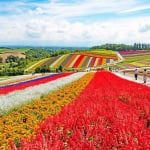
Where will you go for the summer vacation? Introducing recommended spots for domestic travel
-
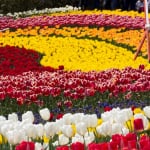
Kaizu City’s Recommended 7 Tourist Spots. Enjoy the Culture and History Nurtured by Wajū!
-
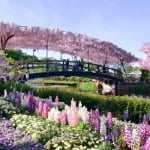
What Makes Ashikaga Flower Park So Special? A Treasure Trove of Photo-Worthy Spots!
-
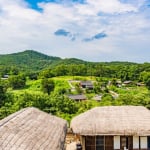
600 Years of Radiant Tradition: Korea’s Historic Villages of Hahoe and Yangdong
-
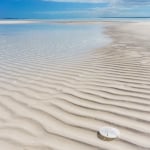
Two-Colored Seas and a Pink Beach! 4 Must-Visit Spots in North Eleuthera
MOST POPULAR ON Guide
-
 1
1Doha: Must-see Attractions in the Capital of Qatar
-
 2
2Toronto: 10 Things to do in this Picturesque Canadian City
-
 3
3Amarillo: A City Famous for It’s Amazing Canyons, Great History and Music
-
 4
4South Korea: Dazzling Scenery, Rich Culture and Fascinating History
-
 5
5Kuwait: A Country in Middle East Asia Famous for Hot Sand Dunes and Stunning Cityscape

